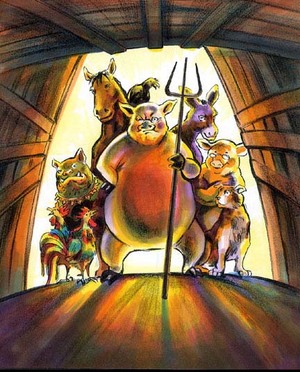Analyzing Nathaniel Hawthorne’s Dr. Heidegger’s Experiment
Dr. Heidegger’s Experiment is a short story written by Nathaniel Hawthorne and published in 1837. In the allegorical tale, Dr. Heidegger experiments on four of his friends by offering them water from the fountain of youth. This gives them the ability to grow young once again. All four, who have led wasteful lives, vow never ...



